In Japanese culture, even the simplest items often carry profound significance. Among these the masu cup a small, square vessel traditionally made of hinoki wood stands out for its historical utility.
Originally used as a measuring container for rice and sake the masu cup has transcended its practical origins evolving into a feature of Japanese hospitality.
This article explores the rich tapestry of the masu cup's craftsmanship, symbolism, etiquette, sensory enhancements, and its continued significance in contemporary settings.
Material and Craftsmanship
Masu cups are traditionally crafted from hinoki, Japanese cypress, a wood revered in Japan for its practical qualities and spiritual resonance. Hinoki wood is famed for its delicate yet distinctive aroma often described as fresh, clean, and reminiscent of a tranquil forest.
This fragrance subtly infuses beverages enhancing the drinking experience with each sip. Furthermore, hinoki is highly prized for its durability and resistance to decaynwhich historically made it ideal for sacred constructions such as Shinto shrines and temples. Its inherent antibacterial characteristics add to its suitability for food and drinkware making Hinoki the optimal choice for crafting authentic masu cups.
The creation of each masu cup is an exercise in meticulous craftsmanship. Artisans carefully select premium hinoki wood, then precisely measure, cut, and join each piece to ensure a perfect fit. The traditional square shape of the masu cup demands exact angles and flawless edges, showcasing the craftsman's skill and attention to detail. Final finishing includes gentle sanding and polishing, which enhances the wood's natural grain and texture, resulting in an item that is as pleasing to touch as it is to behold.
Variety and Modern Adaptation
While deeply rooted in tradition Masu cups have thrived in various contemporary settings. Originally, masu were standardized measuring tools used for rice, salt, and sake.
Over time their use evolved significantly, becoming popular for sake drinking during celebrations and ceremonies. Today masu cups are increasingly embraced in contemporary global contexts, appearing in international culinary settings and hospitality events.
Modern adaptations have seen artisans innovating with masu cups through varied sizes, shapes, and decorative elements, combining traditional craftsmanship with contemporary aesthetics. Smaller masu cups are favored for personal use or intimate celebrations while more significant, elaborately designed versions serve as striking centerpieces or ceremonial vessels at public gatherings.
Deep Cultural Symbolism
The cultural symbolism of masu cups runs deeper than their practical use, resonating profoundly with broader Japanese values such as harmony, prosperity, and communal celebration. This symbolic depth is vividly reflected in the clever wordplay associated with the term "masu" (枡) phonetically aligning with words such as 増す ("to increase") and 益す ("to fill up"). Masu cups also represent wishes for abundance, prosperity, and communal happiness often becoming cherished tokens during celebratory events like weddings, business openings, and festivals.
Beyond linguistic symbolism the ceremonial use of masu cups underscores Japanese cultural practices emphasizing mindfulness, respect, and ritualistic precision. For instance, during sake ceremonies, the overflow of sake from a masu cup symbolizes generosity and abundance.
Taste Enhancement and Sensory Experience
Drinking sake from a masu cup significantly enhances the sensory experience through the unique interaction between the wood and the beverage. The hinoki wood imparts a subtle aroma and delicate flavor that can alter and elevate the sake's original notes. Compared to drinking from a glass or porcelain, which presents the beverage without alteration, masu cups offer a layered sensory encounter.
Enthusiasts note that the gentle fragrance of hinoki interacts beautifully with the natural characteristics of sake, creating an enriched taste experience that many describe as more authentic and enjoyable.
Using a masu cup's ritualistic and emotional aspects further amplifies the sensory experience. The overflow pouring tradition known as sooji-kobo, symbolizes generosity, abundance, and hospitality.
Experts and enthusiasts often describe this experience as uniquely satisfying, connecting the tangible elements of taste and aroma with intangible feelings of goodwill and communal warmth.

Drinking Etiquette with Masu Cups
A detailed understanding of etiquette enriches the experience of drinking sake from a masu cup. Hold the masu diagonally towards you with hands on two opposing corners so that one corner points directly at you.
Bring the masu to your face and gently inhale the aromatic fragrance before taking your first sip. Traditionally, sake served in a masu cup may overflow slightly, symbolizing abundance and generosity. It's customary to first sip from the overflowing glass placed within the masu, then either drink directly from the masu cup or pour the overflow into the glass once there's sufficient space.
Standard etiquette mistakes include mishandling the masu, such as gripping it too tightly or spilling sake carelessly. Avoid these by gently holding the masu firmly.
Additionally, refrain from pouring your own sake during communal gatherings as it's considered polite and respectful to pour sake for others and allow them to pour for you in return. This reciprocal pouring emphasizes social bonds and mutual respect turning drinking sake into a meaningful and connective social ritual.
Conclusion
The masu cup encapsulates much more than its modest appearance suggests, reflecting deep cultural traditions, meticulous craftsmanship, sensory enjoyment, and social etiquette. Whether appreciated for the delicate aroma imparted by hinoki wood, its symbolic generosity through overflow pouring, or its historical significance, the masu cup remains a powerful emblem of Japanese culture.





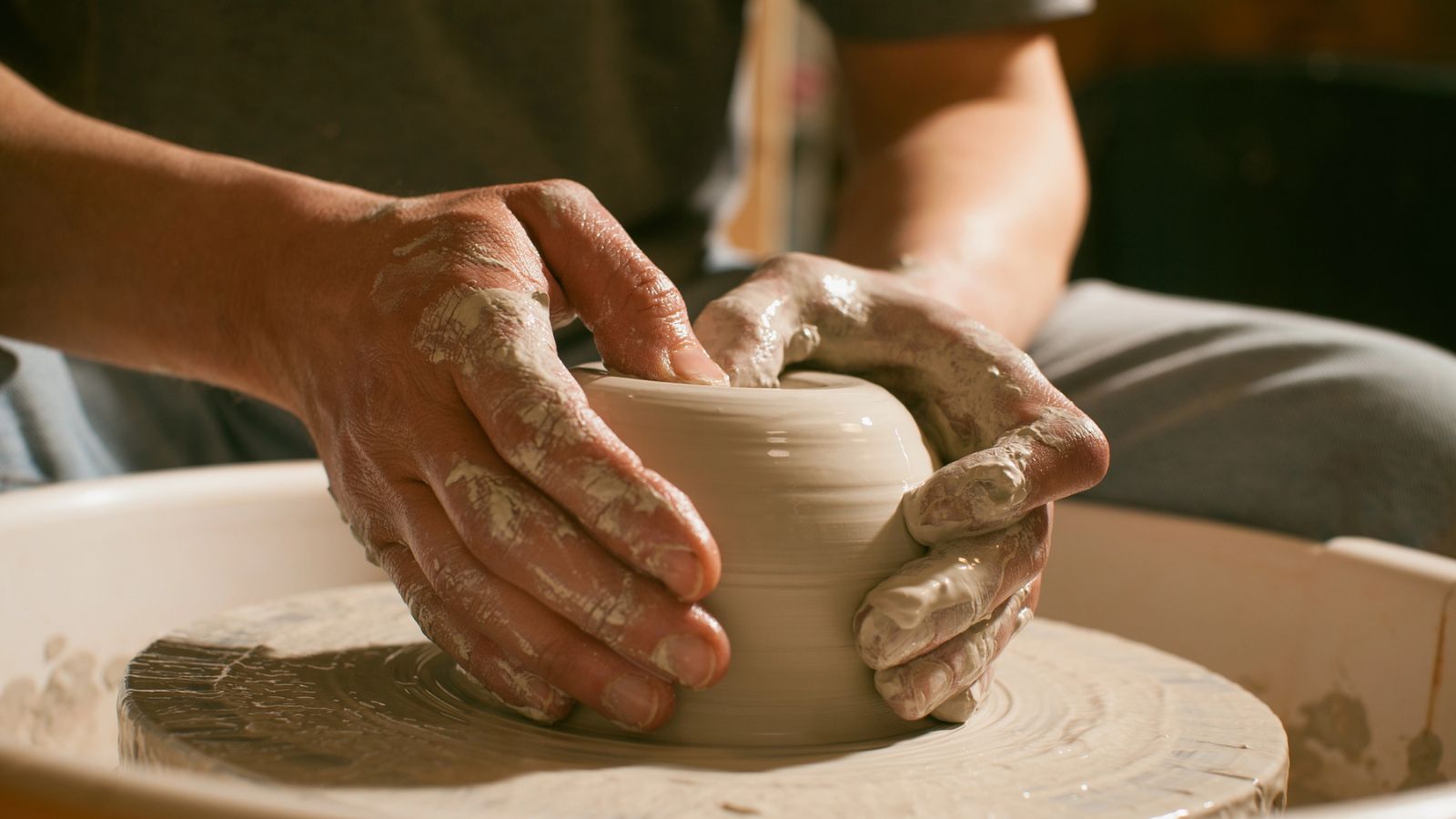
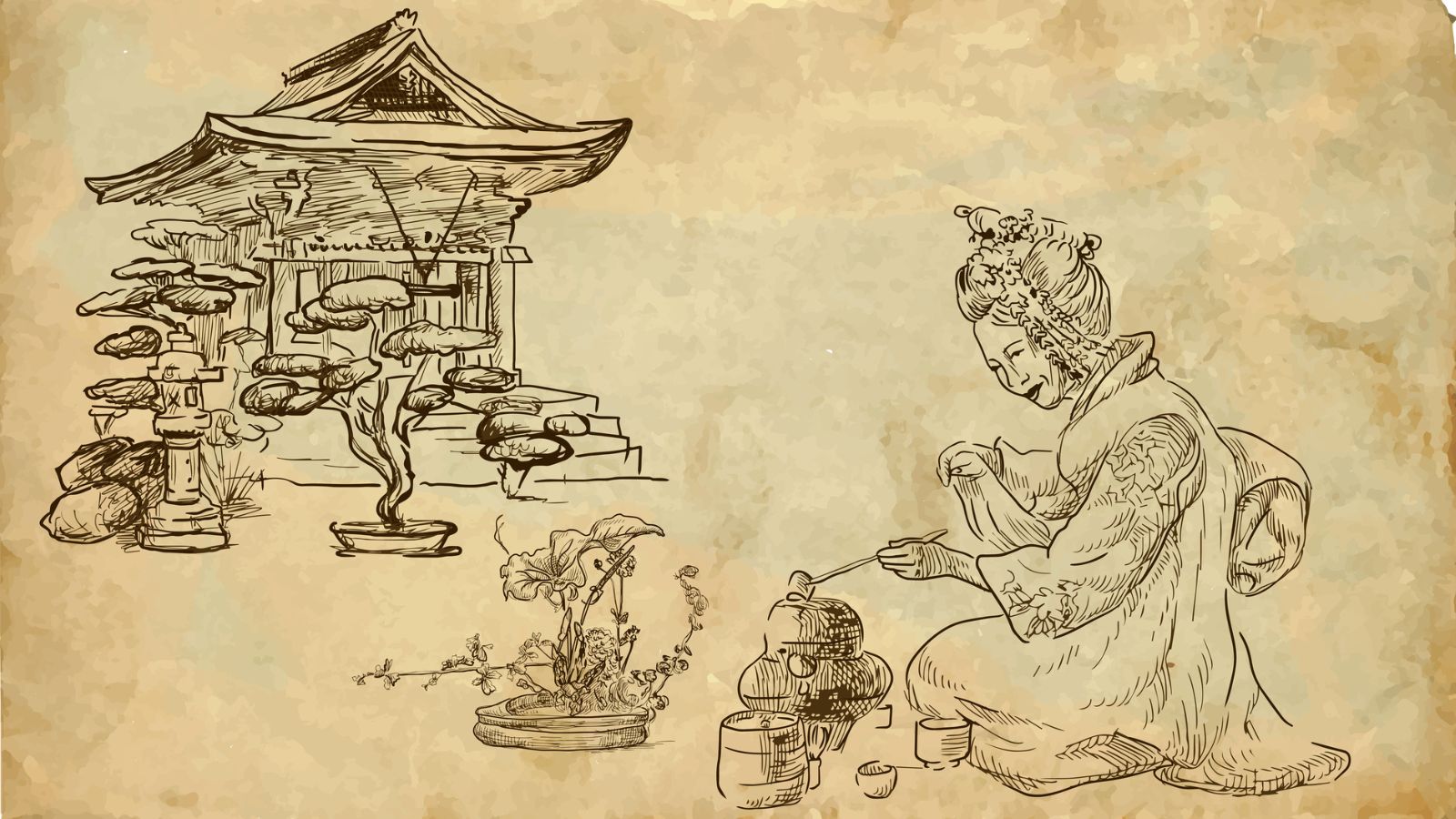
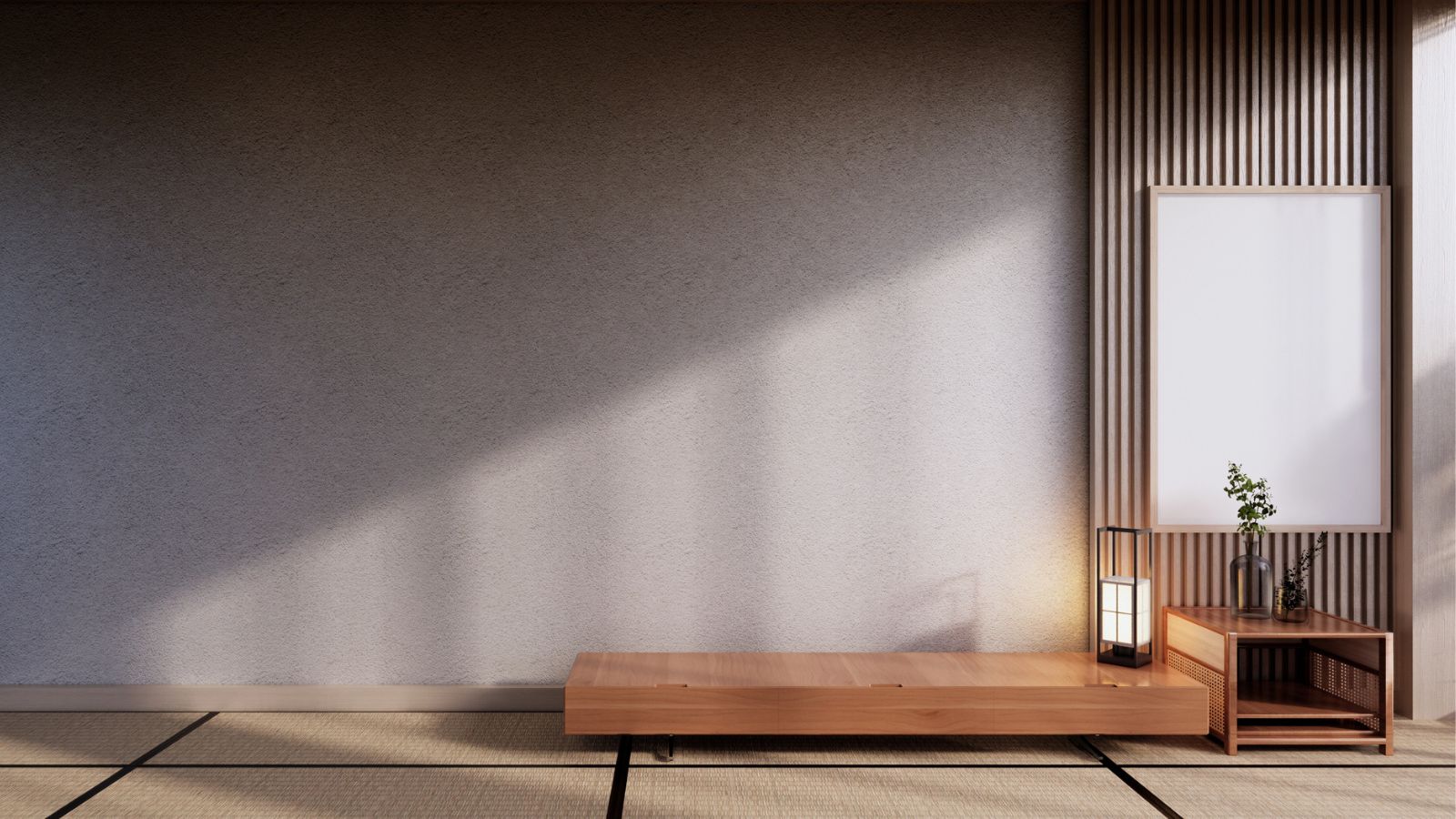
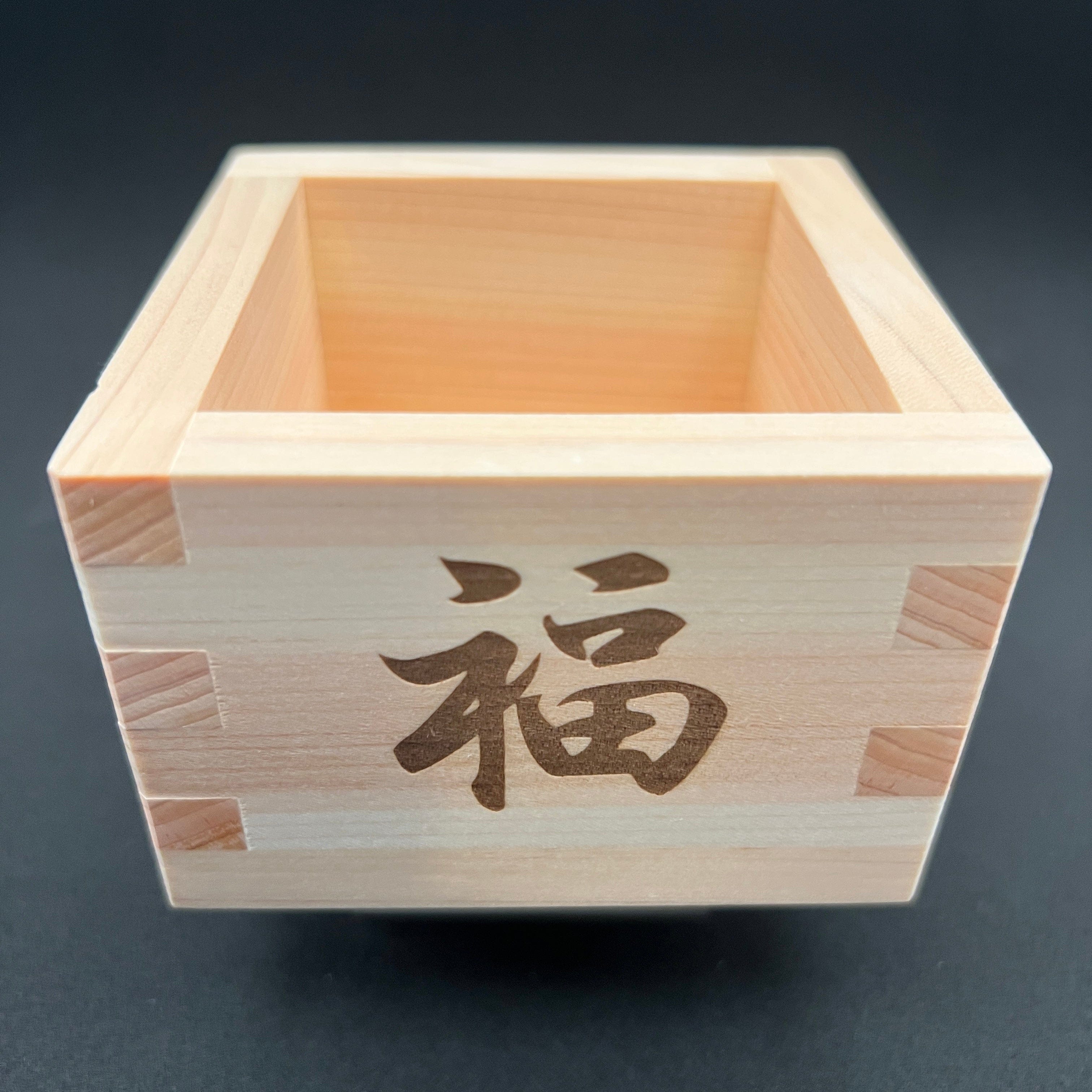
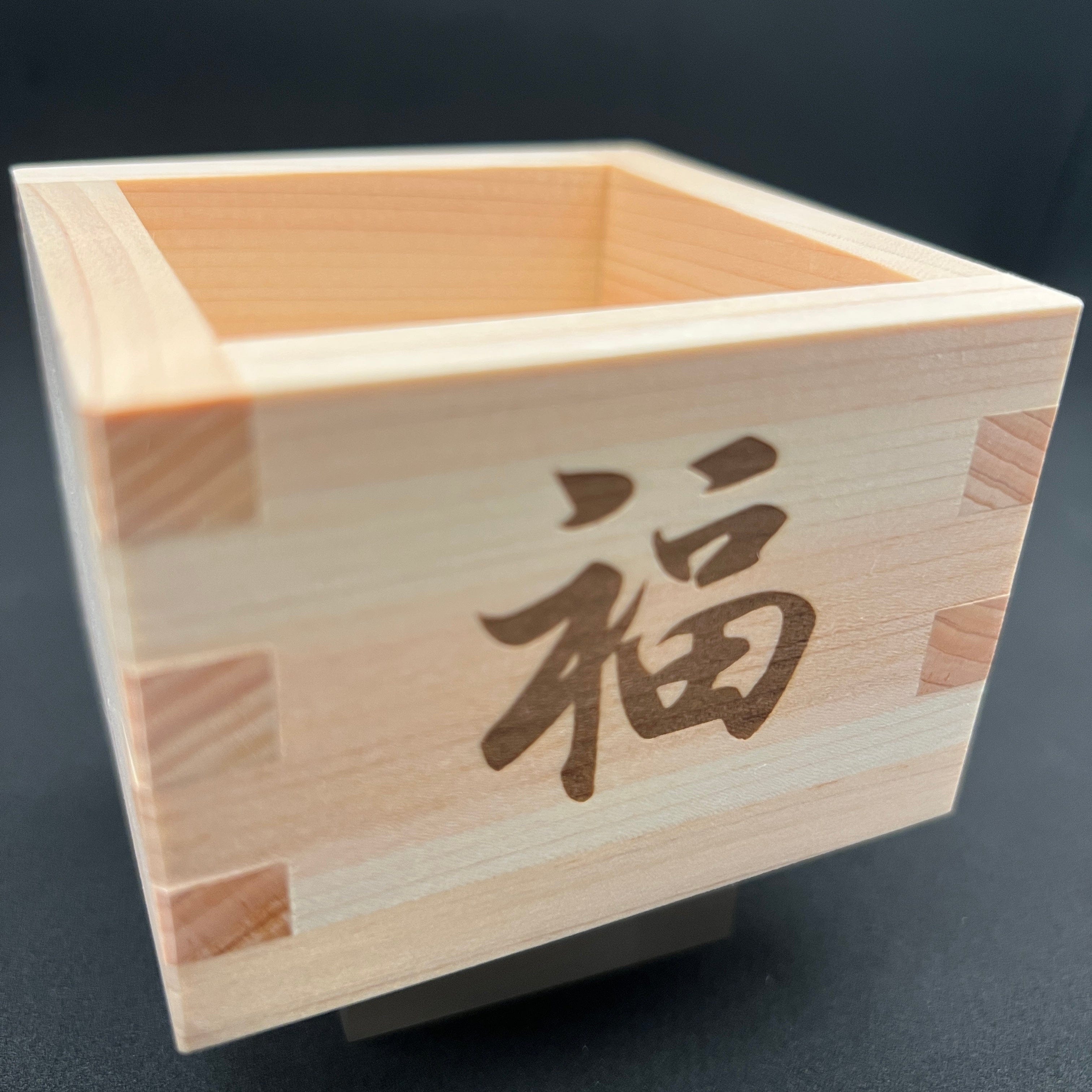
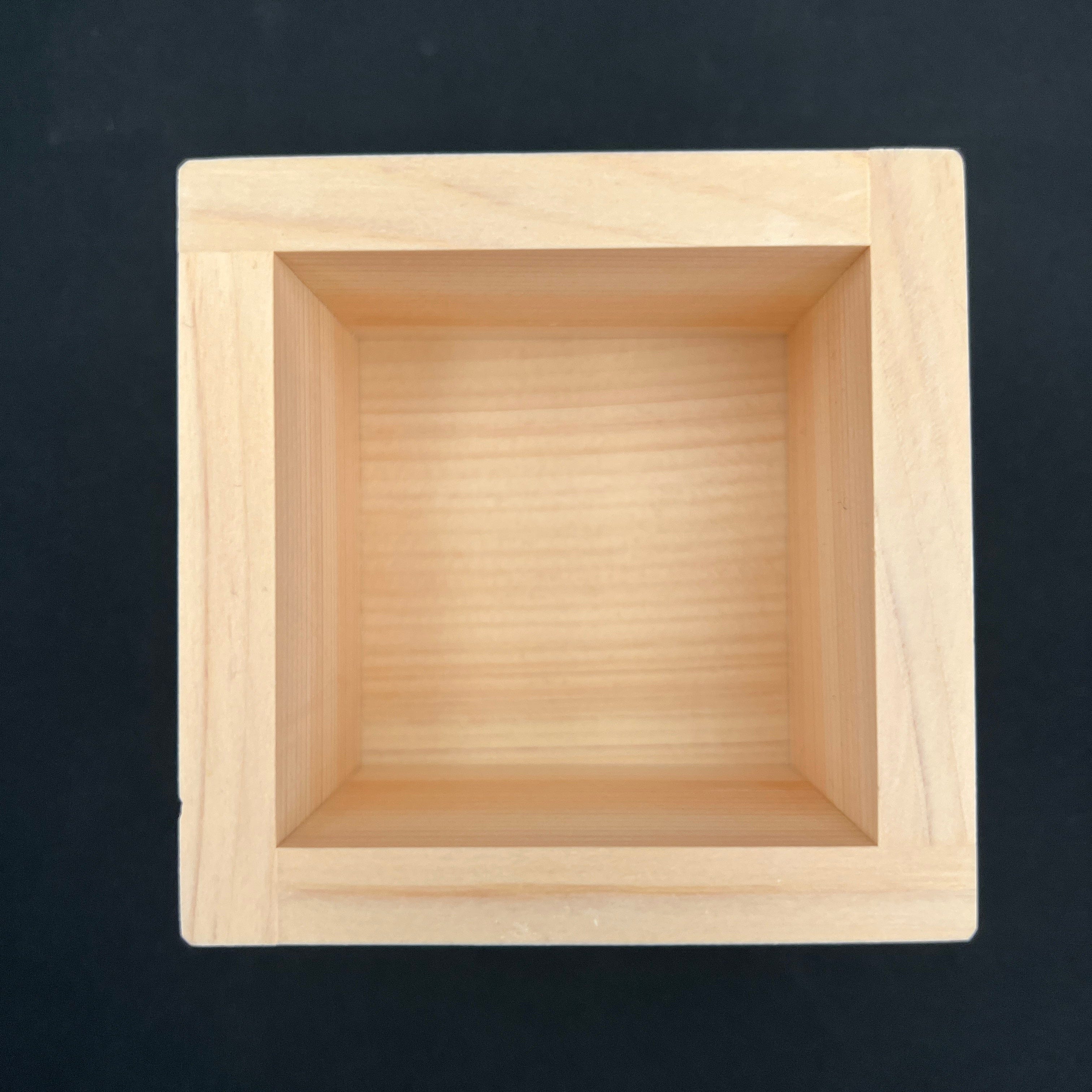
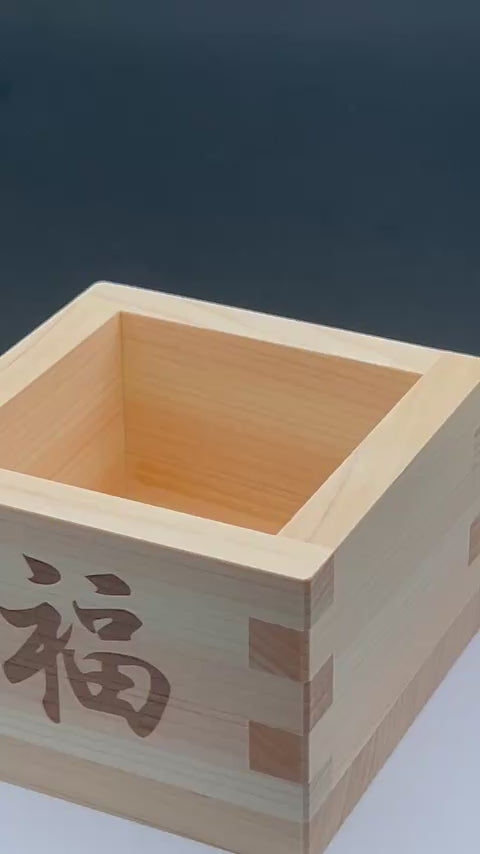
Share: